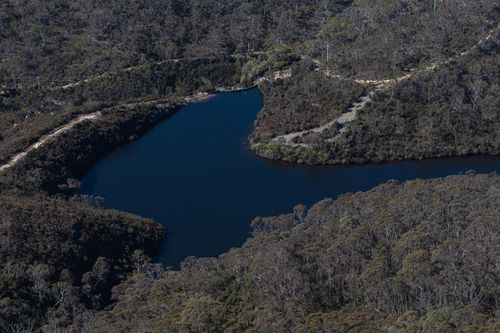Share this @internewscast.com
Two crashes and a rural fire station are the likely sources behind “forever chemicals” contaminating reservoirs in NSW’s Blue Mountains. 
WaterNSW has completed the initial phase of its investigation into the presence of PFAS, or perfluoroalkyl and polyfluoroalkyl substances, in the Adams Creek and Medlow catchment areas.
The investigation revealed that the probable sources of contamination stemmed from the historical use of PFAS-based firefighting foam during two vehicle accidents on the Great Western Highway, occurring in 1992 and 2002, as well as from activities at the Medlow Bath Rural Fire Brigade Station.

“The chemical compound signature identified from the sampling at the three identified locations aligns with the historical use of Aqueous Fire Fighting Foam,” stated WaterNSW.
The PFAS-based firefighting foam was used nationally.
Fire and Rescue NSW and the Rural Fire Service began phasing out the use of PFAS-based foam in 2000 before it was finally discontinued by 2007.
WaterNSW said the findings suggest that rainfall and surface water runoff are moving the contamination from the upper Adams Creek catchment, where the PFAS levels are higher, downstream to the Medlow/Greaves catchment.
The Medlow Dam and Greaves Creek Dam will remain disconnected from the Blue Mountains water supply system and will only reconnect once appropriate permanent mitigation measures are in place.

NSW Health and Sydney Water advise that the drinking water in the Blue Mountains is safe and meets the national guidelines. 
A detailed multi-agency investigation will now take place to help inform of potential remediation options.
PFAS chemicals, dubbed forever chemicals because they never break down, were found in catchments across Sydney, the Blue Mountains and North Richmond in June.
The synthetic chemicals are used in industrial appliances, upholstery, paper coating, cosmetics and sunscreen as they resist heat, stains, grease and water.
These chemicals could potentially be linked to cancer in large doses, but further studies are needed.










